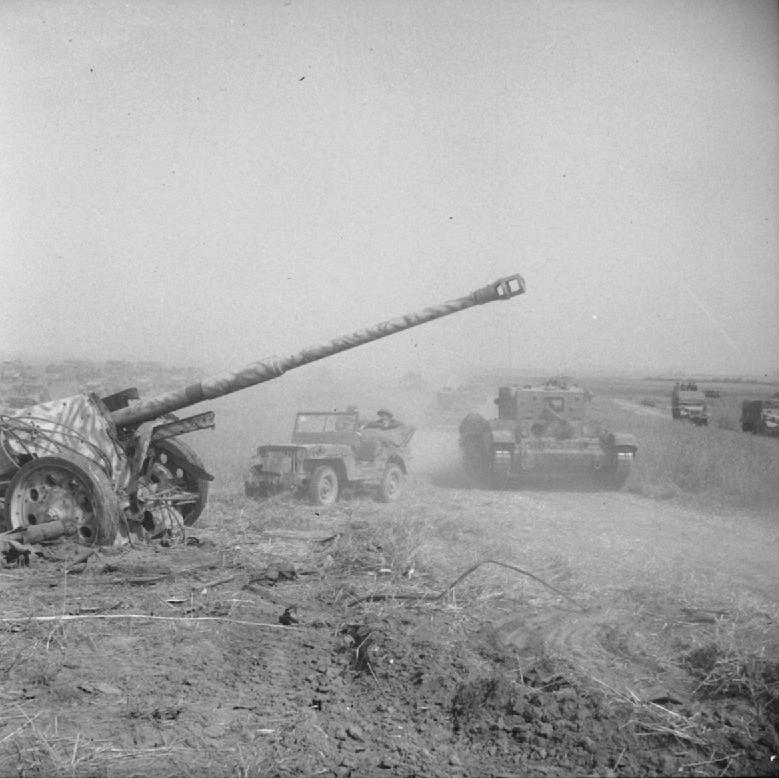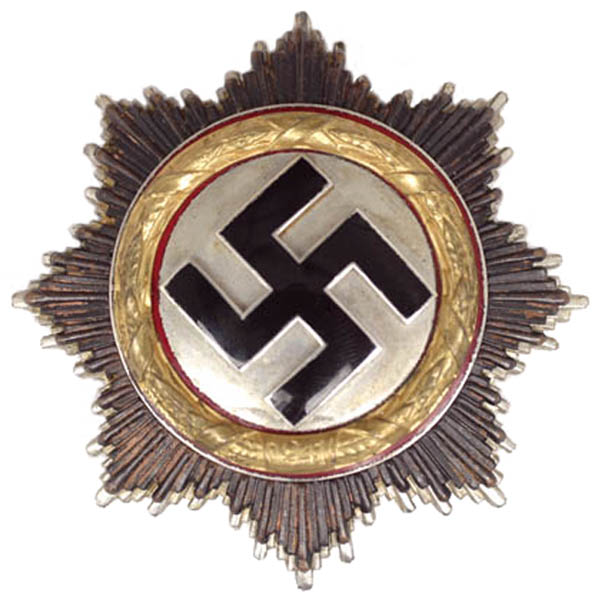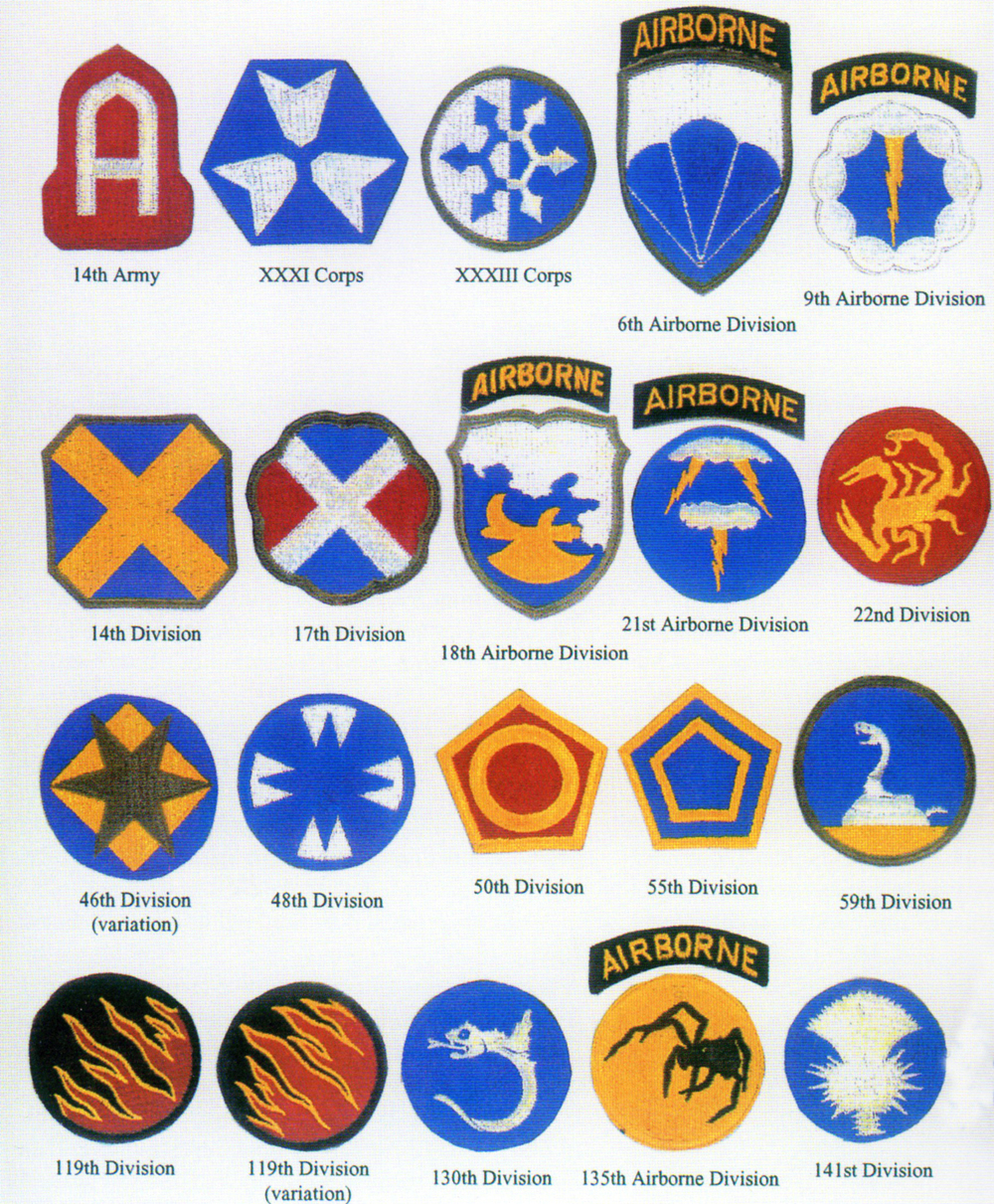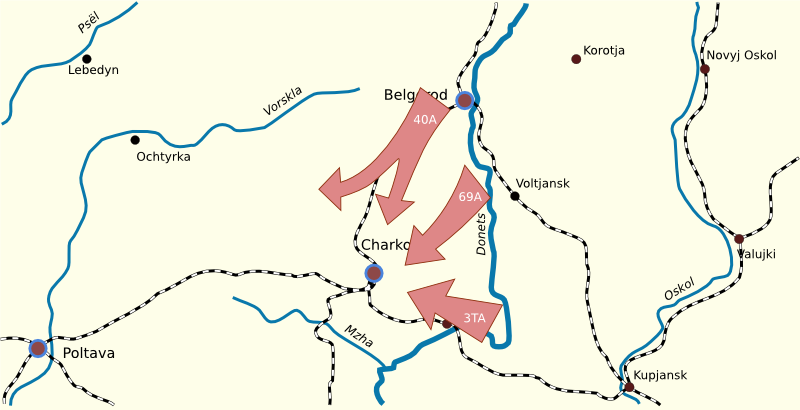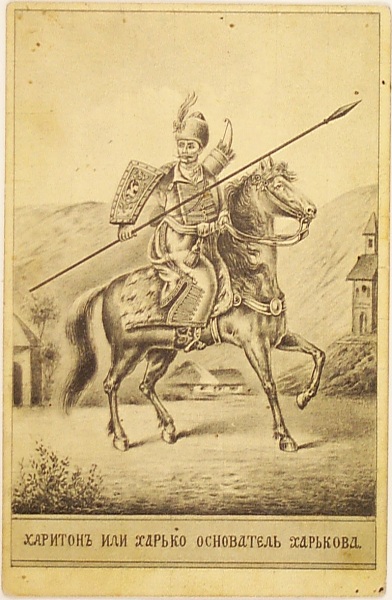|
Rudolf Von Ribbentrop
Rudolf von Ribbentrop (11 May 1921 – 20 May 2019) was a German Waffen-SS officer who served and was decorated in World War II, and later became a wine merchant. His father was Nazi diplomat and Foreign Minister Joachim von Ribbentrop. His autobiography gave further insight into his father and the last days of Adolf Hitler. Early life Rudolf von Ribbentrop was born in Wiesbaden as one of five children to Joachim von Ribbentrop. His father was appointed as German Ambassador to the United Kingdom in 1936 and was accompanied to London by Rudolf. Enrolled into Westminster School, he had to later return to a boarding school in Germany after The Times became aware of his presence. World War II On 1 September 1939, when the Second World War started, Ribbentrop joined as a private soldier in the SS-Infantry Regiment ''Deutschland'', with which he served during the Western Campaign, receiving the Iron Cross second class. During Operation Barbarossa, the invasion of the Soviet Union, ... [...More Info...] [...Related Items...] OR: [Wikipedia] [Google] [Baidu] |
Joachim Von Ribbentrop
Ulrich Friedrich-Wilhelm Joachim von Ribbentrop (; 30 April 1893 – 16 October 1946) was a German Nazi politician and diplomat who served as Minister for Foreign Affairs (Germany), Minister of Foreign Affairs of Nazi Germany from 1938 to 1945. Ribbentrop first came to Adolf Hitler's notice as a well-travelled businessman with more knowledge of the outside world than most senior Nazis and as a perceived authority on foreign affairs. He offered his house Schloss Fuschl for the secret meetings in January 1933 that resulted in Hitler's appointment as Chancellor of Germany. He became a close confidant of Hitler, to the dismay of some party members, who thought him unintelligent, superficial and lacking in talent. He was appointed ambassador to the Court of St James's, the royal court of the United Kingdom, in 1936 and then Foreign Minister of Germany in February 1938. Before World War II, he played a key role in brokering the Pact of Steel (an alliance with Kingdom of Italy, Fasc ... [...More Info...] [...Related Items...] OR: [Wikipedia] [Google] [Baidu] |
German Ambassador To The United Kingdom
The Embassy of Germany in London is the diplomatic mission of Germany in the United Kingdom. The embassy is located at Belgrave Square, in Belgravia. It occupies three of the original terraced houses in Belgrave Square and a late 20th-century extension. History From 1842, Christian Charles Josias von Bunsen leased 4 Carlton House Terrace for the Prussian Legation. In March 1849, the legation moved along the terrace to the larger 9 Carlton House Terrace, which was renamed 'Prussia House'. Its purchase was authorised by the ( 13 & 14 Vict. c. ''3''): this was necessary as before the passing of the Naturalization Act 1870 ( 33 & 34 Vict. c. 14), only British subjects could legally own property in England. Count Bernstorff replaced Baron von Bunsen in 1855, becoming the German Ambassador from 1867. During the First World War, the building was occupied by the American Embassy (as protecting power) between 1916 and 1917, and then the Swiss Legation from 1918 to 1920. In 1921 t ... [...More Info...] [...Related Items...] OR: [Wikipedia] [Google] [Baidu] |
Battle Of The Bulge
The Battle of the Bulge, also known as the Ardennes Offensive or Unternehmen Die Wacht am Rhein, Wacht am Rhein, was the last major German Offensive (military), offensive Military campaign, campaign on the Western Front (World War II), Western Front during the World War II, Second World War, taking place from 16 December 1944 to 25 January 1945. It was launched through the densely forested Ardennes region between Belgium and Luxembourg. The offensive was intended to stop Allied use of the Belgian port of Antwerp and to split the Allied lines, allowing the Germans to Encirclement, encircle and destroy each of the four Allied armies and force the western Allies to negotiate a peace treaty in the Axis powers' favor. The Germans achieved a total surprise attack on the morning of 16 December 1944, due to a combination of Allied overconfidence based on the favorable defensive terrain and faulty intelligence about Wehrmacht intentions, poor aerial reconnaissance due to bad weather, an ... [...More Info...] [...Related Items...] OR: [Wikipedia] [Google] [Baidu] |
Falaise Pocket
The Falaise pocket or battle of the Falaise pocket (; 12–21 August 1944) was the decisive engagement of the Battle of Normandy in the Second World War. Allied forces formed a pocket around Falaise, Calvados, in which German Army Group B, consisting of the 7th Army and the Fifth Panzer Army (formerly ), were encircled by the Western Allies. The battle resulted in the destruction of most of Army Group B west of the Seine, which opened the way to Paris and the Franco-German border. Six weeks after the 6 June 1944 Allied invasion of Normandy, German forces were in turmoil, having expended irreplaceable resources defending the frontline and with Allied air superiority threatening the availability of food and ammunition. However, on the Allied side, British forces had expected to liberate Caen immediately after the invasion, an operation which ended up taking nearly two months, and US forces had expected to control Saint-Lô by the 7 June, yet German resistance delayed this u ... [...More Info...] [...Related Items...] OR: [Wikipedia] [Google] [Baidu] |
German Cross
The War Order of the German Cross (), normally abbreviated to the German Cross or ''Deutsches Kreuz'', was instituted by Adolf Hitler on 28 September 1941. It was awarded in two divisions: in gold for repeated acts of bravery or military leadership; and in silver for distinguished non-combat war service. The German Cross in Gold ranked higher than the Iron Cross First Class but below the Knight's Cross of the Iron Cross, while the German Cross in Silver ranked higher than the War Merit Cross First Class with Swords but below the Knight's Cross of the War Merit Cross with Swords. Eligibility The German Cross was issued in two versions: gold and silver (the color of the laurel wreath around the swastika). The gold version was awarded to military personnel for repeated acts of bravery in combat, or of military leadership, with 6–8 acts as a rule of thumb. The silver version was awarded for multiple distinguished services in the war effort and was considered a continuation of the ... [...More Info...] [...Related Items...] OR: [Wikipedia] [Google] [Baidu] |
Normandy Landings
The Normandy landings were the landing operations and associated airborne operations on 6 June 1944 of the Allies of World War II, Allied invasion of Normandy in Operation Overlord during the Second World War. Codenamed Operation Neptune and often referred to as D-Day (after D-Day (military term), the military term), it is the largest seaborne invasion in history. The operation began the liberation of France, and the rest of Western Europe, and laid the foundations of the Allied victory on the Western Front (World War II), Western Front. Planning for the operation began in 1943. In the months leading up to the invasion, the Allies conducted a substantial military deception, codenamed Operation Bodyguard, to mislead the Germans as to the date and location of the main Allied landings. The weather on the day selected for D-Day was not ideal, and the operation had to be delayed 24 hours; a further postponement would have meant a delay of at least two weeks, as the planners had re ... [...More Info...] [...Related Items...] OR: [Wikipedia] [Google] [Baidu] |
Third Battle Of Kharkov
The Third Battle of Kharkov was a series of battles on the Eastern Front (World War II), Eastern Front of World War II, undertaken by Nazi Germany's Army Group South against the Soviet Red Army, around the city of Kharkov between 19 February and 15 March 1943. Known to the German side as the Donets Campaign, and in the Soviet Union as the Donbass and Kharkov operations, the German counterstrike led to the recapture of the cities of Kharkov and Belgorod. As the German 6th Army (Wehrmacht), 6th Army was encircled in the Battle of Stalingrad, the Red Army undertook a series of wider attacks against the rest of Army Group South. These culminated on 2 January 1943 when the Red Army launched Operation Star and Operation Gallop, which between January and early February broke German defenses and led to the Soviet recapture of Kharkov, Belgorod, Kursk, as well as Voroshilovgrad and Izium. These victories caused participating Soviet units to over-extend themselves. Freed on 2 February ... [...More Info...] [...Related Items...] OR: [Wikipedia] [Google] [Baidu] |
Kharkov
Kharkiv, also known as Kharkov, is the second-largest List of cities in Ukraine, city in Ukraine.Kharkiv "never had eastern-western conflicts" , ''Euronews'' (23 October 2014) Located in the northeast of the country, it is the largest city of the historic region of Sloboda Ukraine. Kharkiv is the administrative centre of Kharkiv Oblast and Kharkiv Raion. Prior to the Russian invasion of Ukraine in early 2022, it had an estimated population of 1,421,125. Founded in 1654 as a Cossacks, Cossack fortress, by late 19th century Kharkiv had developed within the Russian Empire as a major commercial and industrial centre. From December 1919 to January 1934, Kharkiv was the capital of the Ukrainian Soviet Socialist Rep ... [...More Info...] [...Related Items...] OR: [Wikipedia] [Google] [Baidu] |
Operation Barbarossa
Operation Barbarossa was the invasion of the Soviet Union by Nazi Germany and several of its European Axis allies starting on Sunday, 22 June 1941, during World War II. More than 3.8 million Axis troops invaded the western Soviet Union along a front, with the main goal of capturing territory up to a line between Arkhangelsk and Astrakhan, known as the A-A line. The attack became the largest and costliest military offensive in history, with around 10 million combatants taking part in the opening phase and over 8 million casualties by the end of the operation on 5 December 1941. It marked a major escalation of World War II, opened the Eastern Front—the largest and deadliest land war in history—and brought the Soviet Union into the Allied powers. The operation, code-named after the Holy Roman Emperor Frederick Barbarossa ("red beard"), put into action Nazi Germany's ideological goals of eradicating communism and conquering the western Soviet Union to repopulate it w ... [...More Info...] [...Related Items...] OR: [Wikipedia] [Google] [Baidu] |
Western Front (World War II)
The Western Front was a European theatre of World War II, military theatre of World War II encompassing Denmark, Norway, Luxembourg, Belgium, the Netherlands, the United Kingdom, French Third Republic, France, and Nazi Germany, Germany. The Italian campaign (World War II), Italian front is considered a separate but related theatre. The Western Front's 1944–1945 phase was officially deemed the European Theater of Operations, United States Army, European Theater by the United States, whereas Italy fell under the Mediterranean Theater of Operations, United States Army, Mediterranean Theater along with the North African campaign. The Western Front was marked by two phases of large-scale combat operations. The first phase saw the capitulation of Luxembourg, Netherlands, Belgium, and France during May and June 1940 after their defeat in the Low Countries and the northern half of France, and continued into an air war between Germany and Britain that climaxed with the Battle of Brita ... [...More Info...] [...Related Items...] OR: [Wikipedia] [Google] [Baidu] |
Second World War
World War II or the Second World War (1 September 1939 – 2 September 1945) was a World war, global conflict between two coalitions: the Allies of World War II, Allies and the Axis powers. World War II by country, Nearly all of the world's countries participated, with many nations mobilising all resources in pursuit of total war. Tanks in World War II, Tanks and Air warfare of World War II, aircraft played major roles, enabling the strategic bombing of cities and delivery of the Atomic bombings of Hiroshima and Nagasaki, first and only nuclear weapons ever used in war. World War II is the List of wars by death toll, deadliest conflict in history, causing World War II casualties, the death of 70 to 85 million people, more than half of whom were civilians. Millions died in genocides, including the Holocaust, and by massacres, starvation, and disease. After the Allied victory, Allied-occupied Germany, Germany, Allied-occupied Austria, Austria, Occupation of Japan, Japan, a ... [...More Info...] [...Related Items...] OR: [Wikipedia] [Google] [Baidu] |


